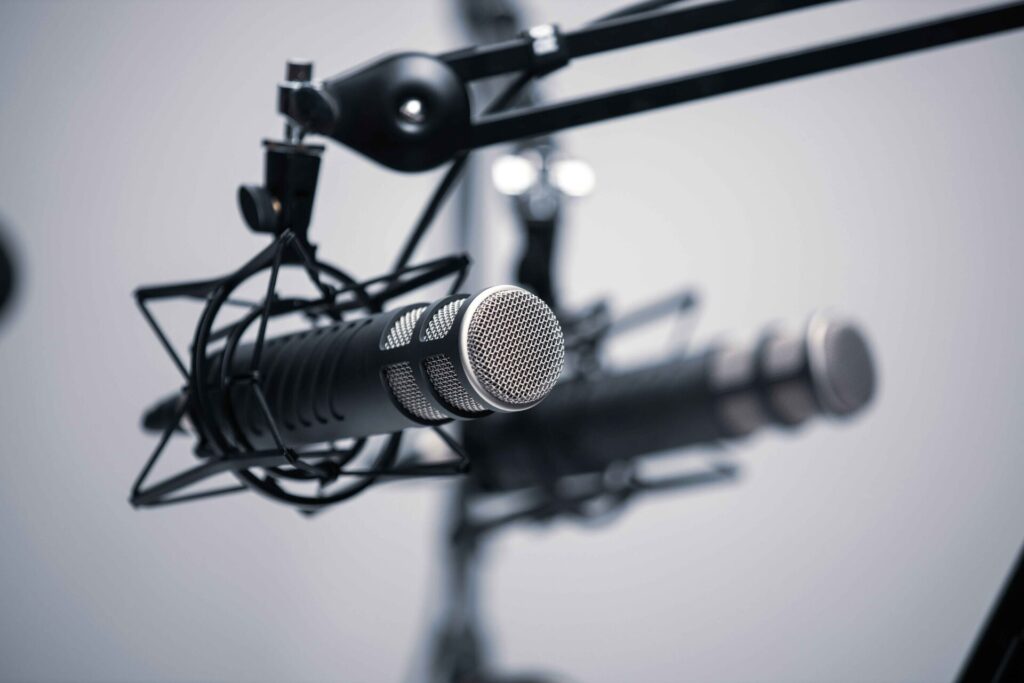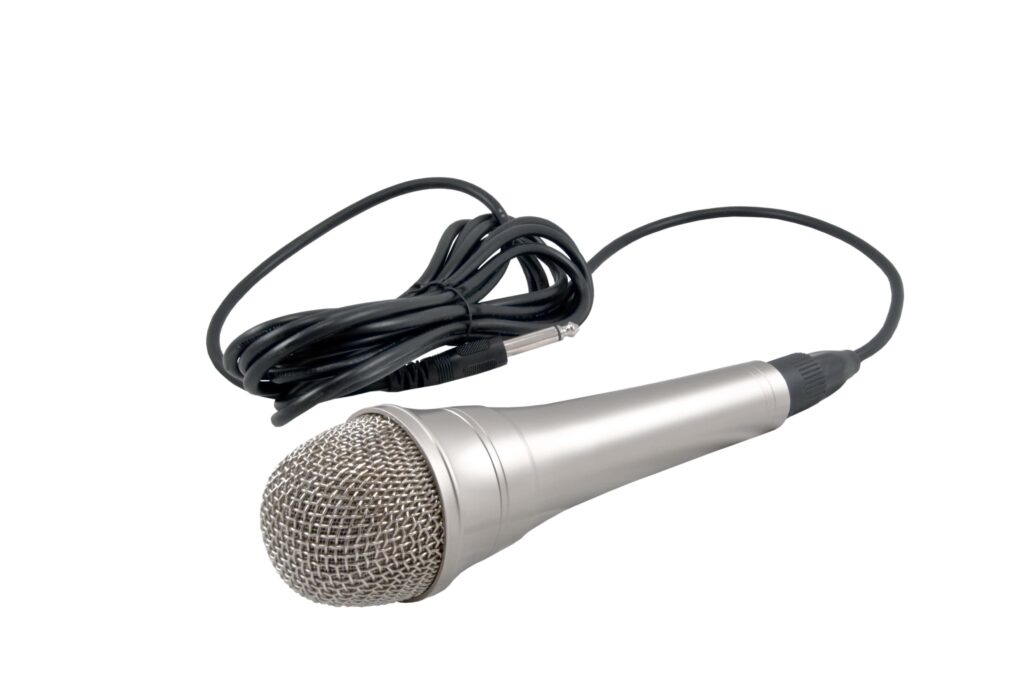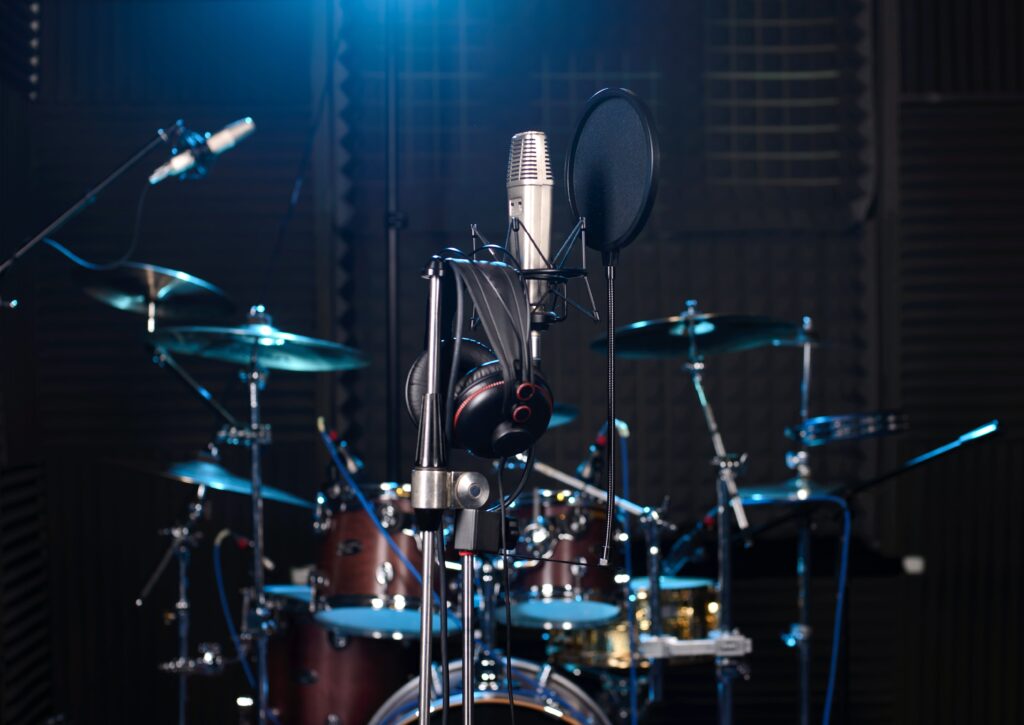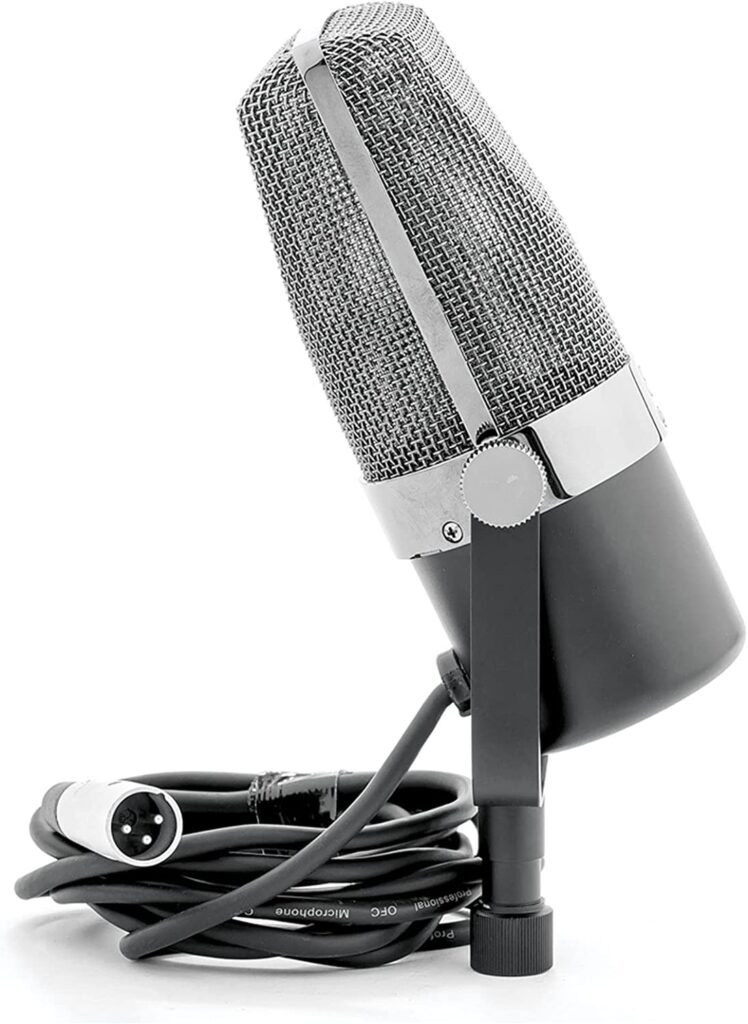Choosing the right microphone is essential for achieving the best recordings and performances, whether you’re a musician, podcaster, or content creator. Just like selecting the correct tool for a task, the microphone you choose greatly impacts the clarity and professionalism of your audio. In this comprehensive guide, we’ll cover everything you need to know to make the perfect choice, from exploring different right microphone types to understanding key features like sensitivity and durability. Whether you’re recording music, conducting a podcast, or simply joining a Zoom call, we’ve got you covered with expert advice to ensure you find the ideal microphone for your needs. Let’s elevate your audio to the next level.
Types of Microphones
The following are some types of microphones.
- Condenser microphones
- Dynamic microphones
- Ribbon microphones
- USB microphones
When it comes to microphones, there are several type, each designed for different purposes and environments. Condenser microphones, known for their sensitivity and clarity, are commonly used in studio settings to capture subtle nuances in sound. Dynamic microphones, on the other hand, are more versatile, making them ideal for live performances where durability and reliability are crucial. Additionally, ribbon microphones offer a vintage sound and smooth frequency response, making them popular for adding warmth and character to recordings. USB microphones connect directly to your computer via USB, making them convenient for recording podcasts, voiceovers, or video calls without needing extra equipment.
Key Features to Consider while choosing the right microphone
The following are some key features to consider while choosing the right microphone.
- Sensitivity and frequency response
- Directionality (polar pattern)
- Durability and build quality
- Connectivity options
Sensitivity and frequency response
Sensitivity and frequency response describe how well a right microphone hears different sounds, from low to high pitches. A good microphone with high sensitivity picks up all these sounds clearly, ensuring nothing is missed in your recordings or performances. It’s like having a super-sensitive ear that captures even the faintest sounds, making sure everything sounds just right.
Directionality (polar pattern)
Directionality, also known as the polar pattern, is like imagining the microphone’s “listening zone.” It determines where the microphone picks up sound from – whether it captures sound from all directions or just from one specific direction. This feature helps you control what the right microphone hears, ensuring that it focuses on the sound you want to capture while minimizing any unwanted background noise. In simpler terms, it’s like adjusting a camera lens to zoom in on exactly what you want to see, while blocking out distractions from the surrounding environment.
Durability and build quality
Durability and build quality describe how tough and well-made the microphone is, ensuring it can handle being used often without breaking easily. This means you can trust it to last a long time and keep working well, even with regular use. It’s like having a sturdy tool that you know won’t let you down, no matter how much you rely on it.
Connectivity options
Connectivity options refer to how you can link the microphone to your recording device, whether it’s through a simple USB port or a standard XLR cable. This makes it simple to set up and start using the right microphone, ensuring compatibility with various recording equipment. It’s like having different types of plugs to fit into different sockets, making it easy to connect your microphone to whatever device you’re using for recording.
Matching Microphones to Applications
Matching microphones to applications means choosing the right microphone for specific tasks, like selecting a durable model for live performances or a sensitive one for studio recordings, ensuring optimal sound quality in each situation. The following are some applications.
- Studio recording
- Live performance
- Podcasting and broadcasting
- Field recording and location sound
Studio recording
Studio recording is the process of capturing music or audio in a dedicated room known as a studio. Studios are designed to create a controlled environment with excellent sound quality, ensuring that your performance or voice is recorded clearly without any unwanted background noise. It’s like having a quiet, peaceful space where every sound is captured just the way you want it, allowing you to create professional-quality recordings that sound perfect.
Live performance
When you sing or talk in front of people at a concert or event. You need a right microphone that can handle loud sounds and cancel background noise, so everyone can hear you well. It’s like having a special tool that makes sure your voice stands out and sounds great to the audience.
Podcasting and broadcasting
Podcasting and broadcasting involve making audio content, such as talk shows or interviews, to share online or on the radio. You’ll want a microphone that picks up your voice clearly and minimizes background noise, so your listeners can hear you well. It’s like having a magic wand that ensures your voice comes through crystal clear, making your content enjoyable for everyone tuning in
Field recording and location sound
Recording sound involve capturing audio outside of a studio, such as in nature or on the street. You’ll need a portable microphone that can accurately record sounds and withstand different weather conditions, enabling you to capture the ideal atmosphere for your recordings. It’s like having a helpful friend that helps you record the sounds around you, whether it’s the peaceful stream or the busy city.
Budget Considerations
While it’s important to invest in a quality microphone, it’s also essential to consider your budget when making a purchase. There are many affordable options available that offer excellent performance. By researching and comparing different microphones, you can find the best value for your money and ensure that you get the most out of your investment.
Researching and Comparing Microphones
Before making a final decision, take the time to research and compare different microphones to ensure that you find the best fit for your needs. Read reviews, watch demos, and consider factors such as sound quality, durability, and price to make an informed decision that meets your specific requirements.
Understanding Technical Specifications
Microphone specifications can often be confusing, but understanding them is essential for choosing the right microphone for your needs. Pay attention to specs such as impedance, SPL handling, and self-noise, as these can greatly impact the microphone’s performance and suitability for your intended application.
Conclusion
Choosing the right microphone may seem like a tough task, but with the information provided in this guide, you’ll be well-equipped to make an informed decision that meets your needs and budget. Whether you’re recording music in the studio, performing live on stage, hosting a podcast, or capturing sound for film, the right microphone can make all the difference in achieving professional-quality results. By considering factors such as microphone type, key features, application, budget, and technical specifications, you can confidently choose the right microphone to elevate your recordings and performances to the next level.




